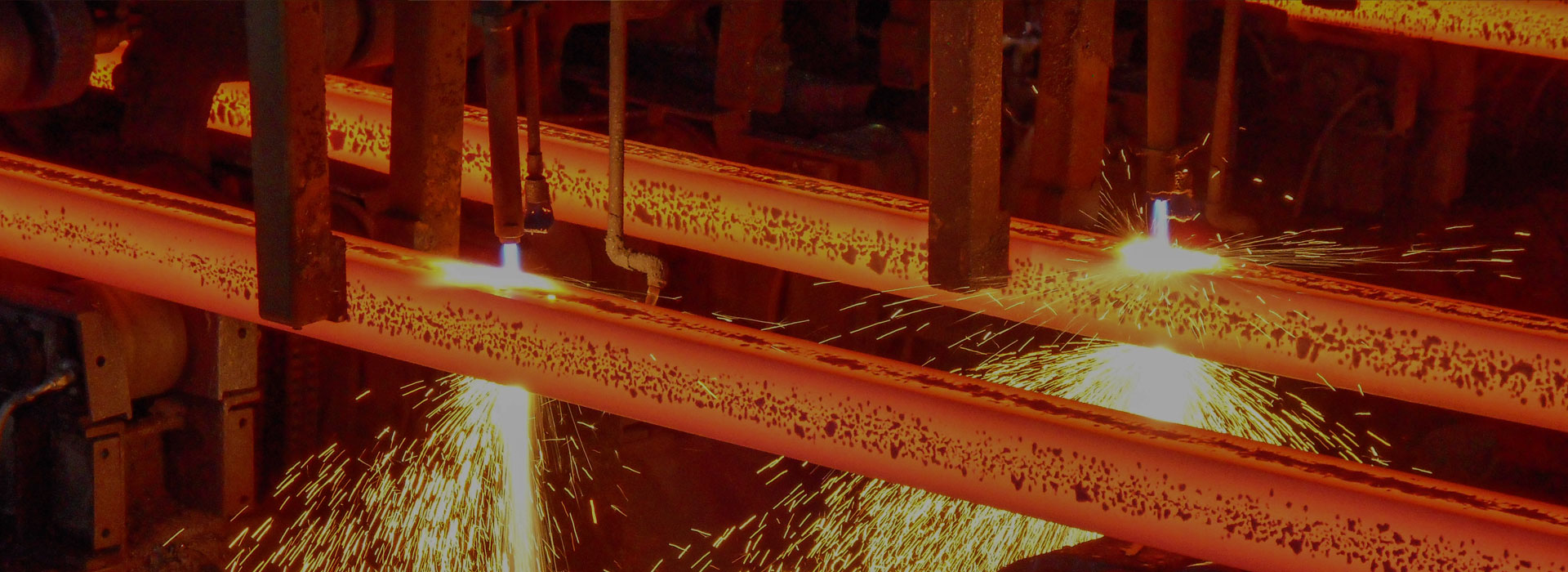What are the characteristics of stainless steel casting?
2025-07-23
As a traditional process, stainless steel casting has low manufacturing costs and high process capability, allowing for the production of large casting parts with complex shapes. Fully utilizing the characteristics of both can yield objective economic benefits in new product trials.3D printing encompasses various processes such as SLS, SLA, and SLM. Different from traditional manufacturing methods, 3D printing considers the CAD geometric model of the part and uses software to layer and discretely manipulate variables with a mechanical forming system.
By depositing materials using lasers or other means to create solid line parts, it is also referred to as a material addition manufacturing method. Since it transforms complex three-dimensional manufacturing into a series of two-dimensional accumulations, it can generate any complex-shaped components without molds and specialized tools, significantly improving productivity and manufacturing flexibility.Stainless steel casting is widely used in industries such as aerospace, motorcycles, and home appliances. 3D printing technology can conveniently provide the wax models needed for precision casting and can also eliminate the need for sand casting molds or wooden templates used in sand casting.
This overcomes traditional casting challenges such as the long preparation time and high investment required for wax molds or wooden templates, and the difficulty in creating complex components like slopes. Precision casting technology (including gypsum casting) and sand mold casting technology are both highly developed in China. The close integration of these technologies has achieved cost reductions and manufacturing benefits, resulting in rapid production effects.
1. The main parameters of the stainless steel casting pouring process can be freely adjusted within the range of the process to ensure stable filling of the molten metal, or to reduce and prevent the rolling, impact, and splashing of the molten metal after filling, thus reducing the formation of oxidized slag and preventing or minimizing deficiencies in the casting, improving casting quality.
2. Under pressure, molten metal fills the mold, enhancing the fluidity of the molten metal, which helps produce well-shaped and smoothly surfaced workpieces, particularly benefiting the forming of large thick-walled castings.
3. Under the action of pressure, the crystalline structure of the casting solidifies and can achieve excellent shrink compensation, resulting in high density and physical performance in the casting structure.
4. The technological yield of the molten metal is increased; generally, no pouring gate is used, further enhancing the yield, which can reach up to 90%.
5. The working environment is favorable; production is easy to automate, which is a clear characteristic of low-pressure casting.
6. Low-pressure casting has a wide range of application fields, suitable for various casting alloys. It is not only used for casting non-ferrous alloy sheets but is also suitable for cast iron and cast steel parts. Particularly beneficial for non-ferrous alloy sheets that are prone to oxidation, it effectively prevents the formation of air-oxidized welding defects during the casting process.
7. Stainless steel casting does not have special requirements for metal casting materials; any type of material that can be used for metal casting can be adopted.




